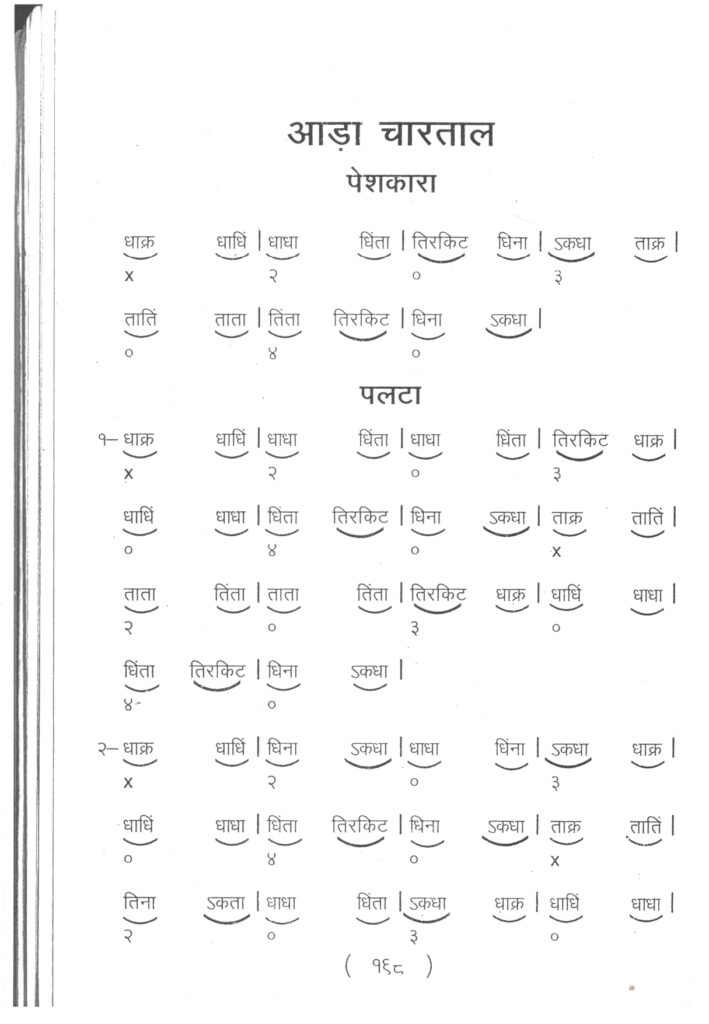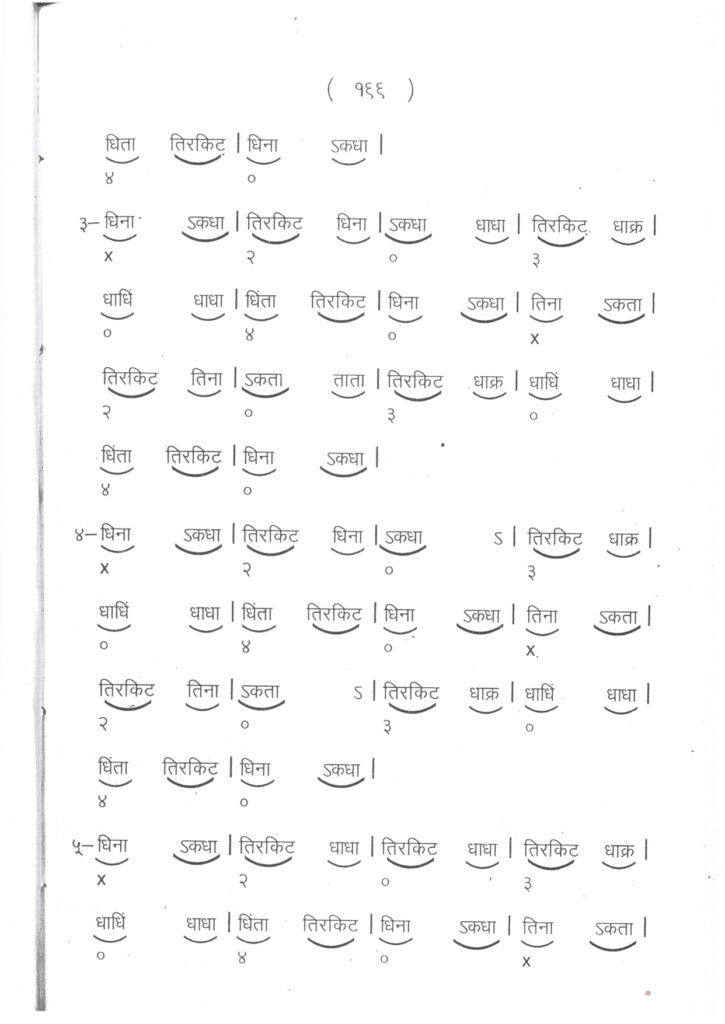Aara Char Taal 14 Beat Peshkar – Learn, Play & Master This Majestic Tabla Composition
Aara Char Taal (14 Beats) Peshkar Explained: Unlock the Power of Rare 14-Beat Tabla Rhythm
Indian classical music is a world of endless rhythmic beauty, where every taal (rhythmic cycle) tells a story of tradition, complexity, and creative expression. Among these, Aara Char Taal (14 Beats) stands as a rare and powerful rhythmic pattern that showcases the depth and elegance of the tabla. For serious tabla learners and rhythm lovers, mastering the Peshkar in Aara Char Taal is an experience that brings together technique, imagination, and artistry.


🎵 What Is Aara Char Taal?
Aara Char Taal is a 14-beat rhythm cycle (14 Matras) that is less commonly performed compared to other taals like Teentaal (16 beats) or Jhaptaal (10 beats). Its unique structure and placement of Taali (claps) and Khaali (waves) make it rhythmically rich and challenging.
It is generally divided into four vibhags (sections), each with its own distinctive pattern. The distribution of beats gives Aara Char Taal its special character, allowing tabla players to explore complex rhythmic variations.
A simple structure of Aara Char Taal (14 Beats) can be represented as:
Dha Dhin Dhin Dha | Dha Tin Tin Ta | Ta Dhin Dhin Dha | Dha Tin Tin Ta
Each vibhag contributes to the flow and symmetry of the taal, offering a balanced rhythmic journey from sam (first beat) to the next sam.
🥁 Understanding the Essence of Peshkar
In tabla performance, the Peshkar is the opening composition of a solo. It literally means “to present”, as it sets the tone for the entire performance. The Peshkar develops slowly, introducing the taal and the tabla player’s improvisational skills.
In Aara Char Taal, the Peshkar unfolds with grace, allowing the artist to stretch the rhythm, explore variations, and highlight the taal’s unusual 14-beat cycle. The beauty of a Peshkar lies not just in speed or complexity, but in the clarity of bols (syllables), the development of patterns, and the aesthetic presentation.
A Peshkar usually begins with simple strokes such as:
Dha – Dha Tita | Dha Dha Ge Na | Dha Tita Kat Ta | Dha – Ge Na
Then it gradually expands into more complex variations, leading into Kayda, Rela, and Tukra. In Aara Char Taal, this gradual unfolding helps the listener feel the rare rhythmic charm and balance of 14 beats.
🎶 Why Aara Char Taal Is Rare and Special
While taals like Teentaal, Jhaptaal, and Ektaal are commonly performed, Aara Char Taal holds a special place for advanced tabla players. Its uneven division of beats and intricate symmetry make it a test of both technical mastery and rhythmic intuition.
It demands precision in counting (matra awareness) and a deep sense of laya (tempo). The artist must be aware of how each vibhag interacts with the next to land back perfectly on the sam — the first and most important beat of the cycle.
Because of its complexity, Aara Char Taal is often used in advanced tabla recitals or fusion performances, where its unique rhythmic feel can mesmerize audiences and add freshness to the soundscape.
💫 Learning and Practicing Aara Char Taal Peshkar
For tabla students, starting with Aara Char Taal may seem challenging, but it’s a rewarding journey. Here are some practical tips:
- Understand the structure – Break the 14 beats into smaller groups. Practice clapping and counting to internalize the cycle.
- Start with simple bols – Begin with Dha, Tin, Na, and Dhin patterns before adding complex combinations.
- Use a metronome or lehra app – Practicing with a consistent tempo helps develop perfect timing.
- Develop variations gradually – Don’t rush into fast relas; focus on tone clarity and theka purity.
- Listen to maestros – Observe performances by great tabla players to understand how they build and resolve patterns within this taal.
The Peshkar in Aara Char Taal allows immense creative freedom — a space where each tabla player can express their unique identity while respecting the traditional framework.
🌟 The Artistic Significance of Aara Char Taal
Aara Char Taal is more than just a rhythm cycle — it’s a bridge between tradition and innovation. Its balanced yet uncommon 14-beat pattern symbolizes the creative evolution of Indian classical rhythm.
When performed skillfully, the Aara Char Taal Peshkar creates a mesmerizing blend of sound, structure, and emotion. It not only challenges the performer but also enchants the listener, making it one of the most intellectually and spiritually satisfying taals in the tabla repertoire.
🕉️ Conclusion
Aara Char Taal (14 Beats) Peshkar is a rhythmic masterpiece — a test of skill, patience, and artistry. It embodies the essence of tabla as an instrument of infinite rhythm and expression. For anyone passionate about Indian classical percussion, learning Aara Char Taal is like unlocking a hidden gem — a journey toward deeper musical understanding and rhythmic enlightenment.
